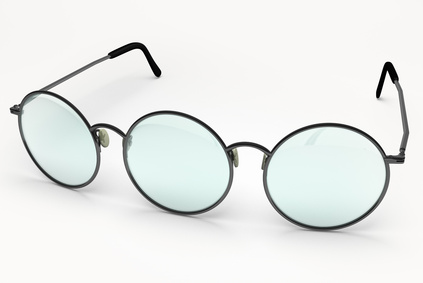What we can learn from frogs
I’ve spent many a night taking groups out on night walks in the Australian bush. One of the activities included on these walks were frog surveys, which always proved fun because frogs are such tricky little buggers in how well they can hide. A common method we’d use to locate the frogs is called triangulation. Using this technique you have 3 people in different locations shining their torch beams toward the source of the frog call. Where the three beams cross is the most likely location of the frog.
The same approach is used by a GPS device which uses a number of satellites fixes to ‘pin point’ a location, or when navigating using a compass and what are called back-bearings to determine location. Or my favourite is just using a good old topographic map and triangulating your position using backbearings from prominent landscape features.
Perspectives and the customer experience
How all this relates to customer experiences is that often a situation and especially a problem is not always what it seems in the first instance. This can cause us to waste time and resources working with the wrong focus area.
The importance of making sure you have the ‘right starting perspective’ is supported by the work of W. Edwards Deming, the American statistician who established the Total Quality Movement. This movement was started in Japan (leading to the practice of Kaizen) and was then followed on in the rest of the world.
It is also supported by the grand-daddy of genius Albert Einstein who is quoted as saying that if he had one hour to save the world he would spend fifty-five minutes defining the problem and only five minutes finding the solution
To find the ‘right area’ we need to get other perspectives to pin point and isolate what is going on. One way to do this is to create 3 statements that you feel best capture the situation at hand. In using these 3 perspectives you’ll often find that the ‘correct’ focus area is a variation of your original perspective and one that will provide a better return on your investment of time and resources.
Back to frogs for a final note
A slightly different technique is used when looking for the critically endangered Corroboree Frog (photo below) in the mountain sphagnum swamps of the Australia Alps. In trying to find these little critters (and they are little) we’d shout ‘coo-ee’ and if they were nearby they’d call back. So imagine half a dozen researchers spread out across sphagnum swamps each calling out ‘coo-ee’ as if having a conversation with these frogs. Given it was quite cold at the time and this was one of my favourite frog survey projects.
